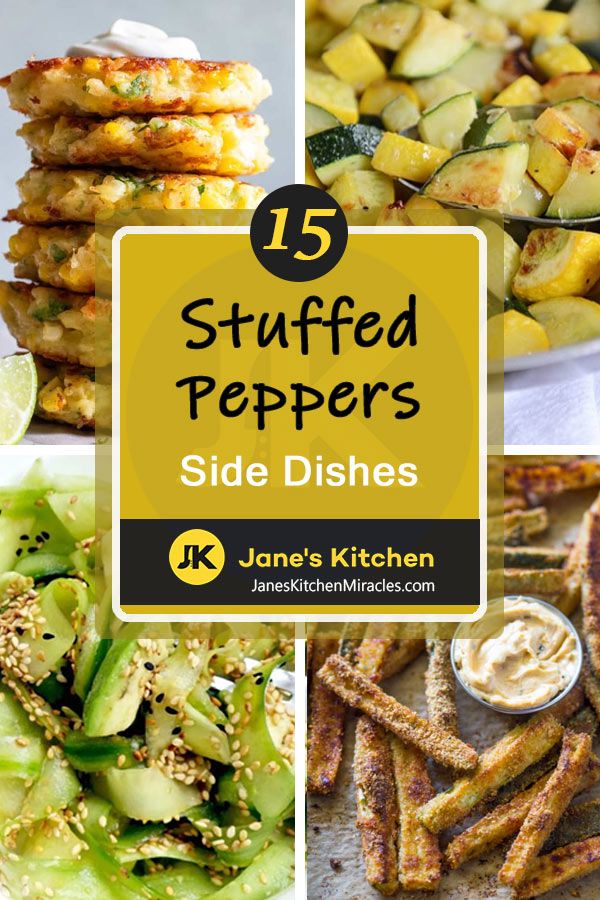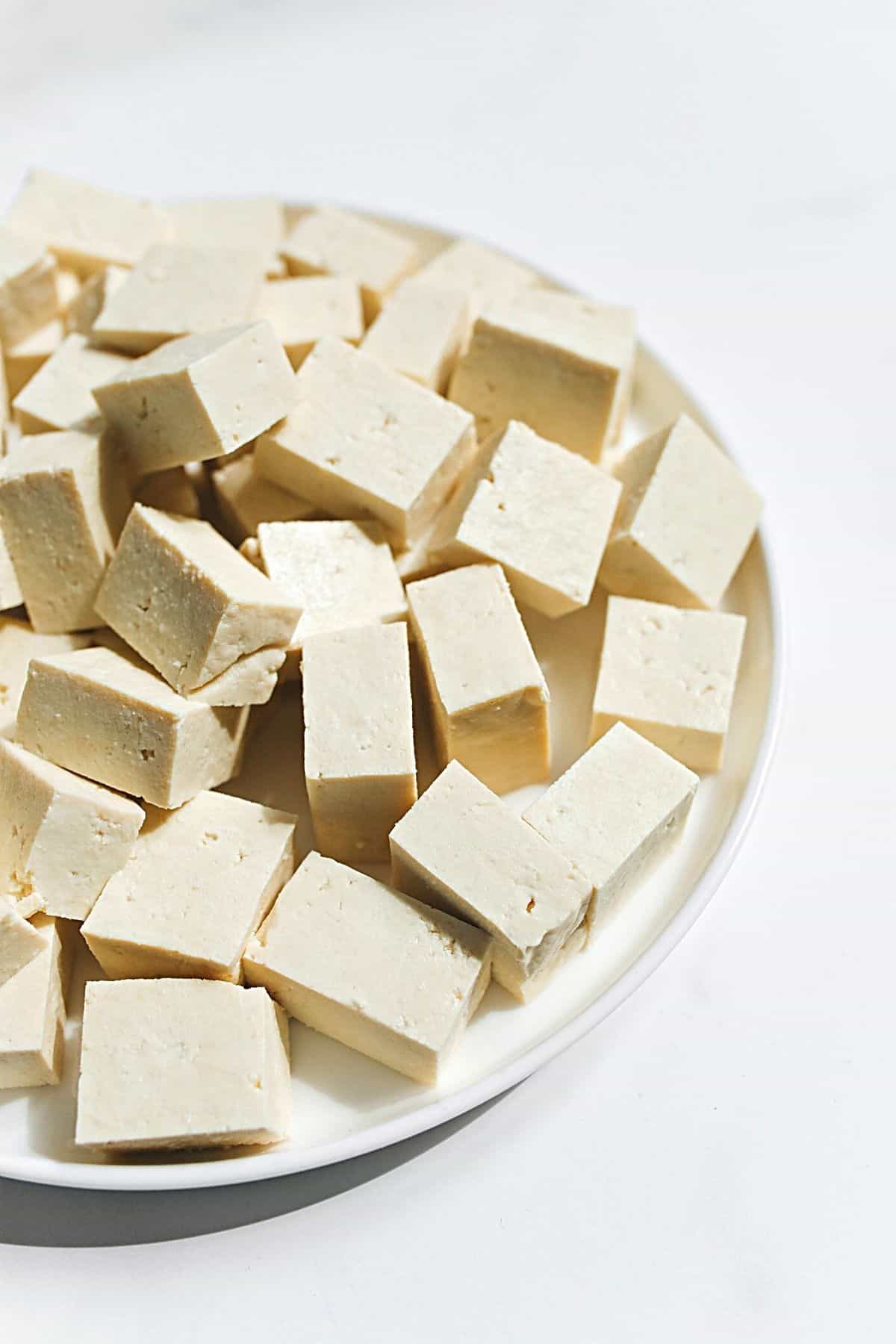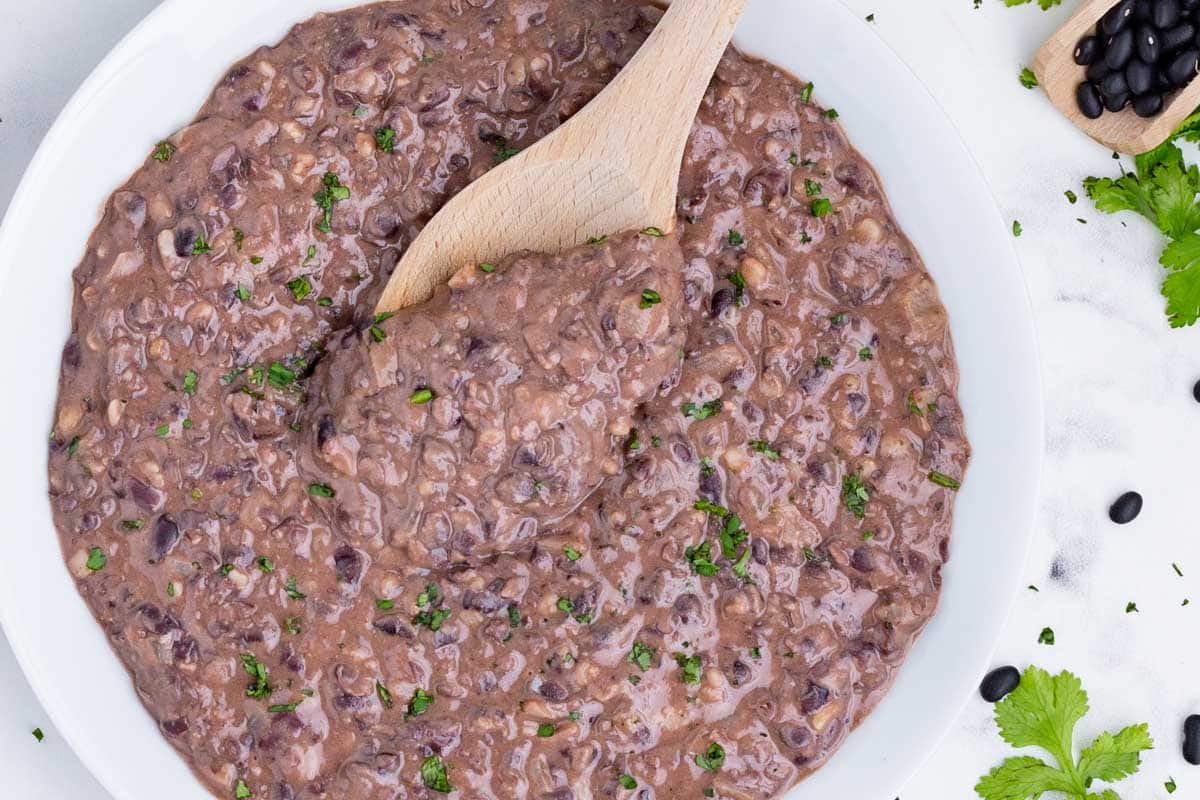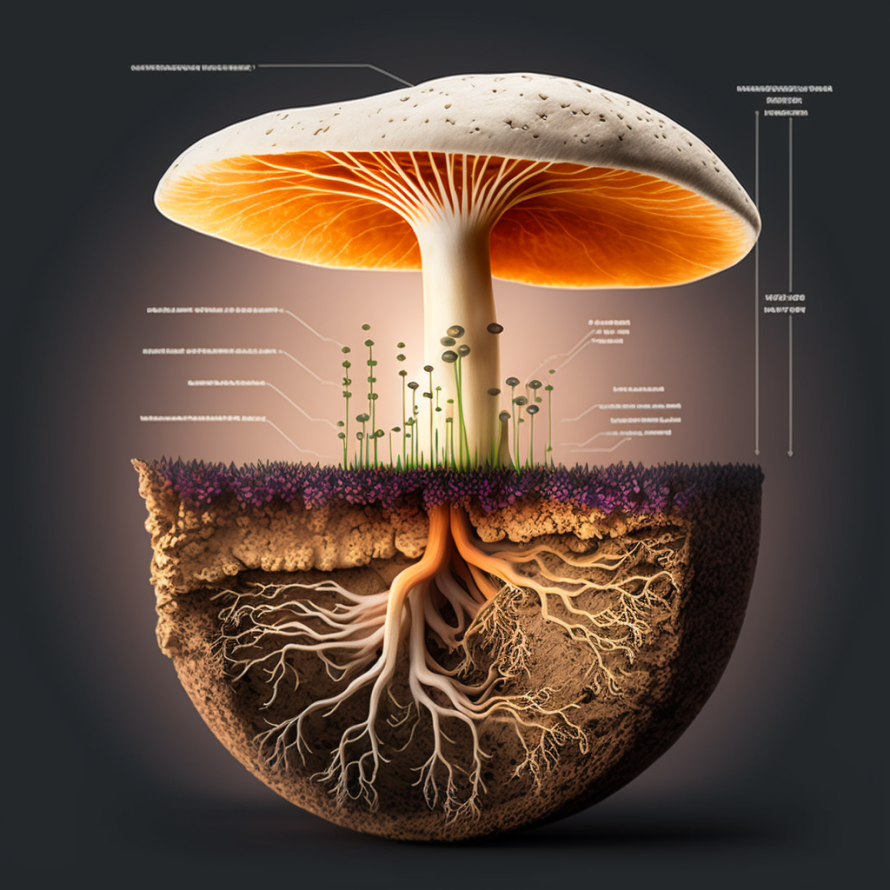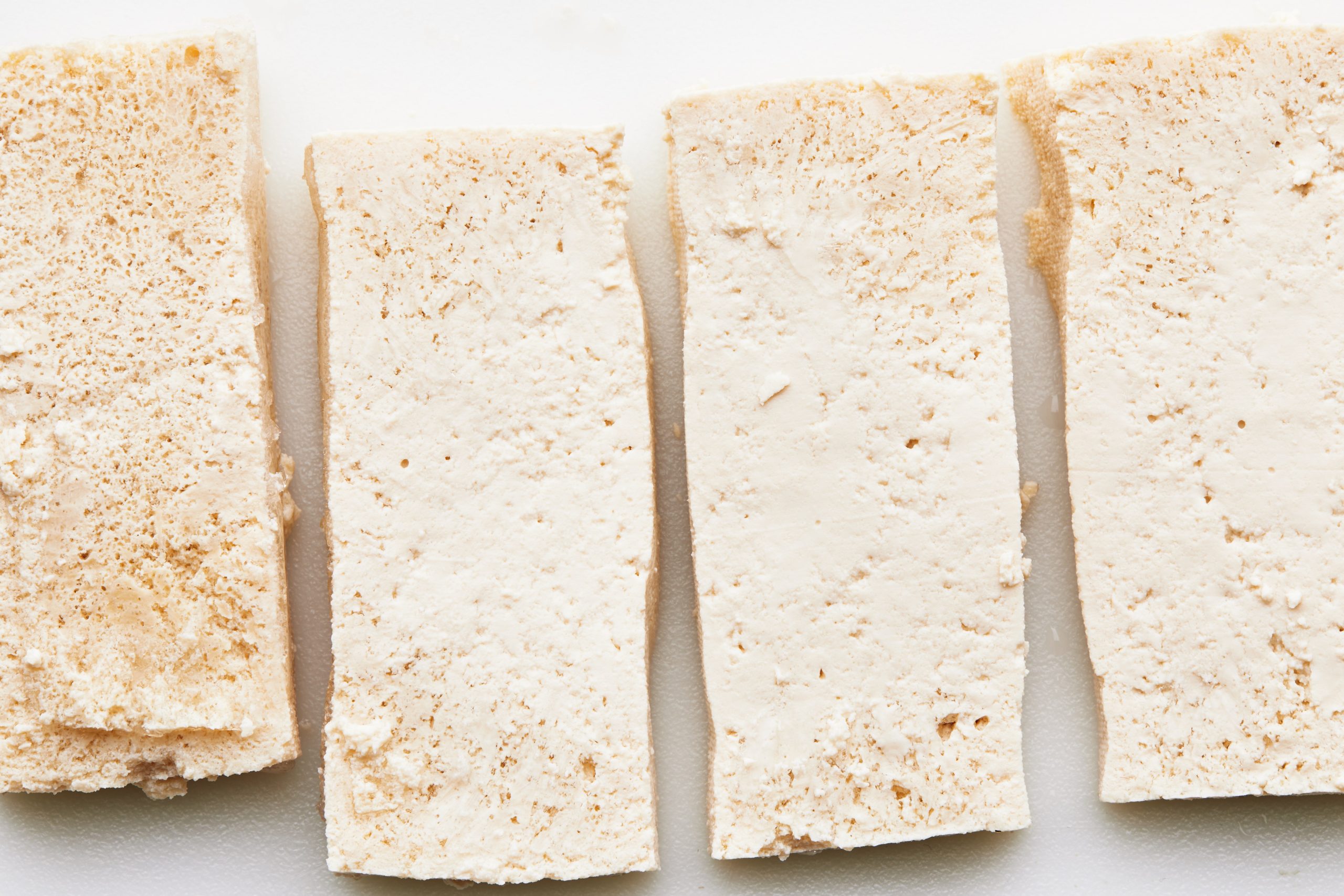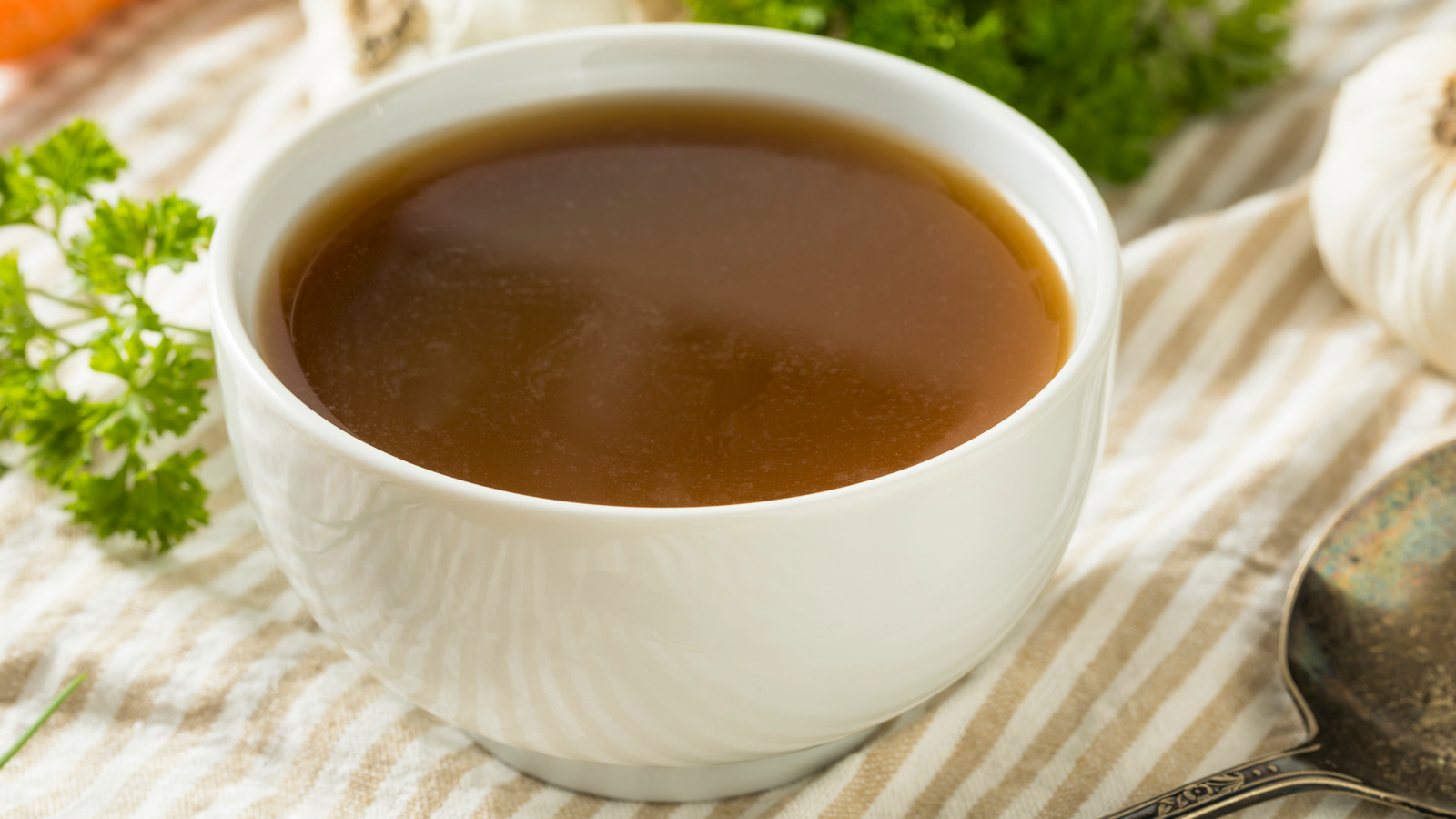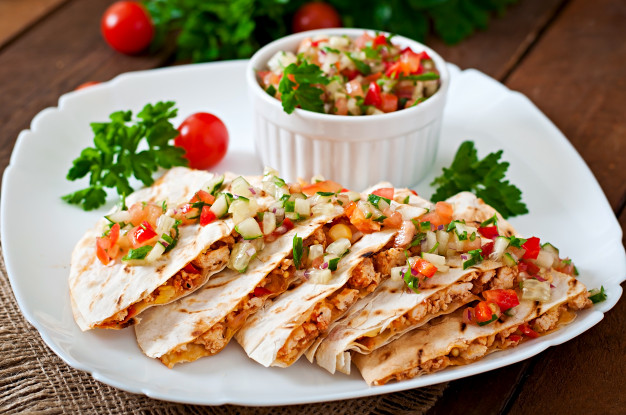Refried beans health benefits:
1. Contains vitamins, minerals, and fiber that benefit heart and digestive health
2. Can be made with plant-based oils like olive oil, which are lower in saturated fat
3. Provides 234 calories, 13 grams of protein, 5 grams of fat, 35 grams of carbohydrates, 10 grams of fiber, 20% of iron DV, 22% of magnesium DV, 64% of sodium DV, and 14% of zinc DV per cup
4. Eating more fiber from beans is associated with a lower risk of heart disease and stroke
5. Beans are a good source of magnesium and potassium, which may help lower blood pressure
6. Beans have a low glycemic index, which may help prevent and manage type 2 diabetes
7. The fiber in beans promotes digestion and bowel regularity
8. Beans are high in polyphenols, antioxidants that may protect against age-related disease and death
9. Refried beans may reduce the risk of constipation, heart disease, and type 2 diabetes
10. Homemade refried beans with healthy ingredients like olive oil can be a low-fat option
11. Serving refried beans instead of meat can lower saturated fat and cholesterol intake
Drawbacks of refried beans:
1. Refried beans cooked with lard can hinder weight loss, increase cholesterol levels, and raise blood pressure
2. Lard adds calories and fat, with 1 cup of refried beans containing 234 calories and 5 grams of fat
3. Refried beans made with lard also contain saturated fat, which should be limited to reduce the risk of heart disease
4. Refried beans can be high in sodium, exceeding the recommended daily limit
5. Commercially prepared refried beans vary in the amount of fat, cholesterol, and sodium they contain
6. Making your own refried beans with healthy ingredients such as olive oil can be a low-fat option
Tips for incorporating refried beans into a healthy diet:
1. Cook homemade refried beans with olive oil and herbs
2. Choose low-fat or fat-free canned versions of refried beans
3. Pair refried beans with nutrient-dense foods like vegetables and whole grains
4. Pay attention to portion sizes, with a recommendation of 1 cup as a main protein source and 2-3 tablespoons as a side dish
5. Read nutrition labels carefully to determine the fat, cholesterol, and sodium content of commercially prepared refried beans
Continue Reading
